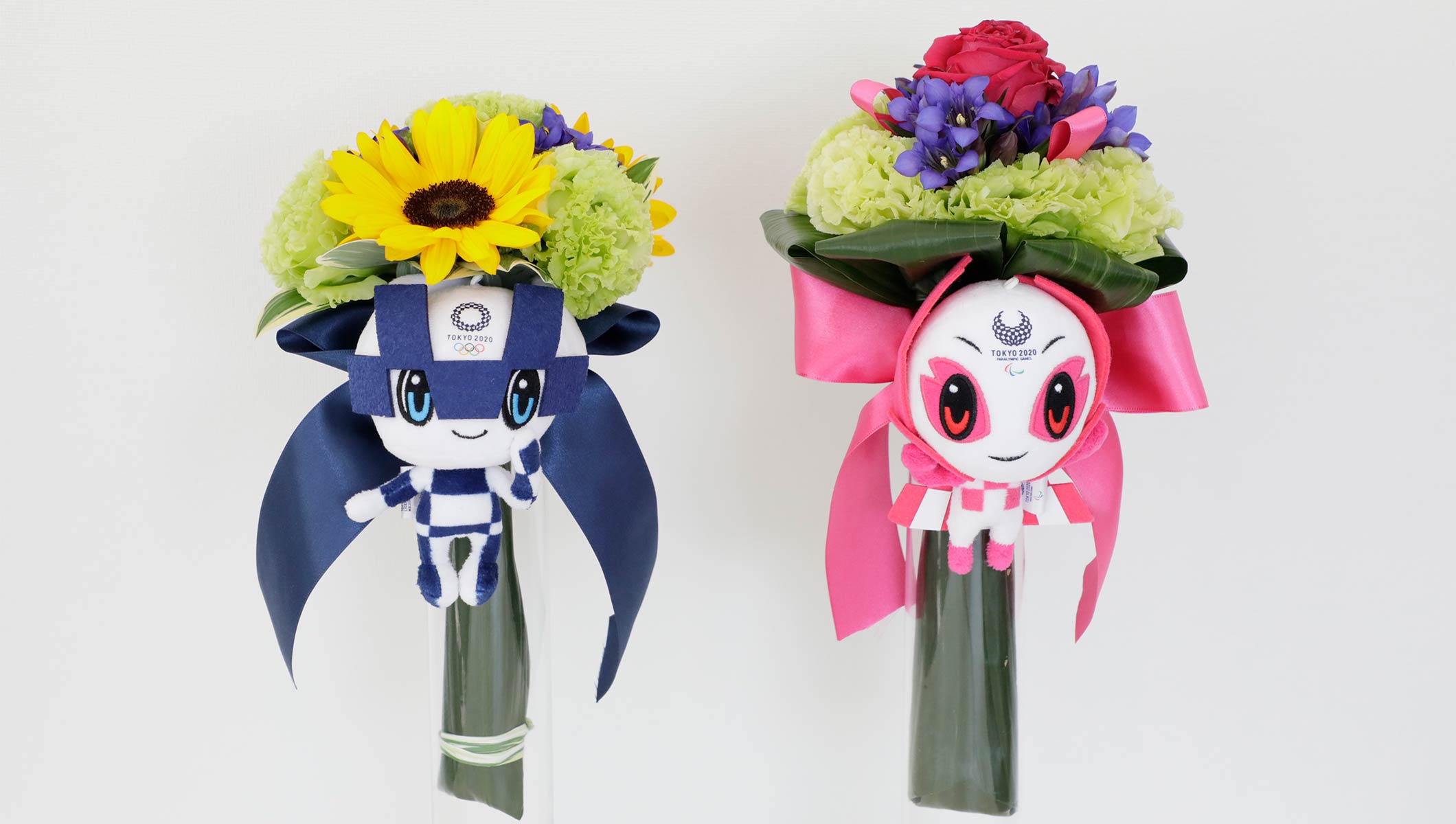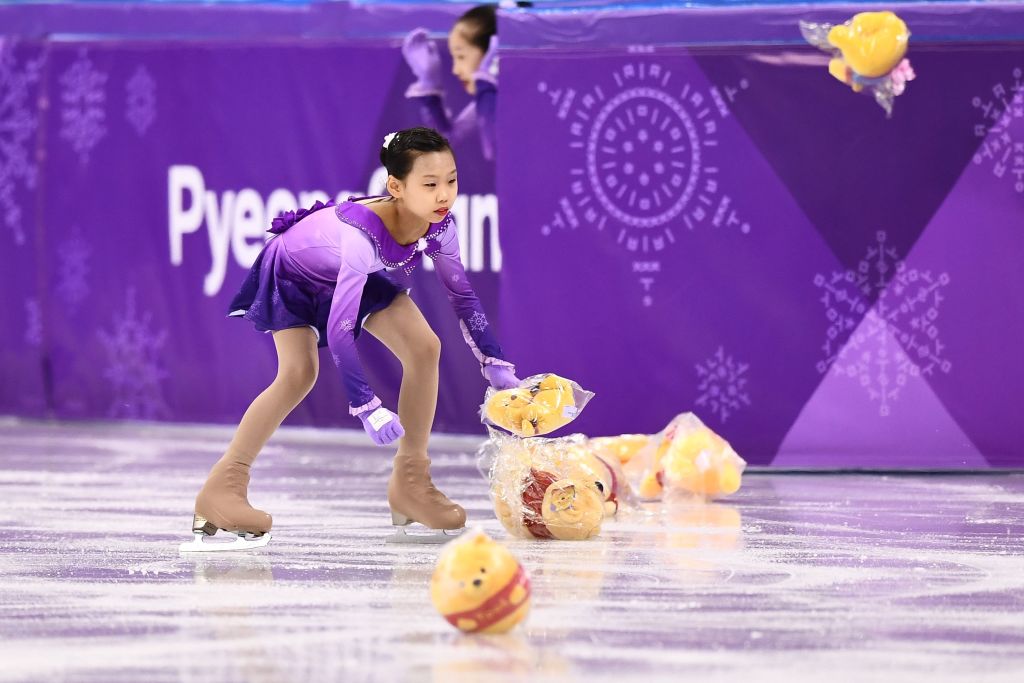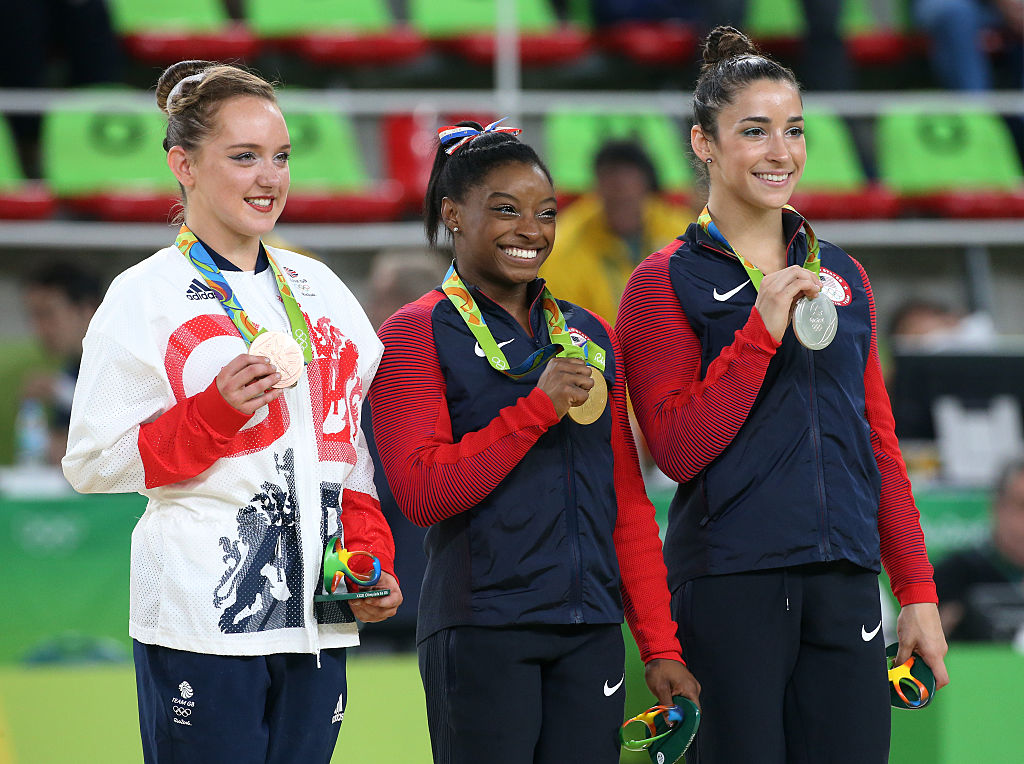Before the March 24 announcement that 2020 Olympics will be postponed until an unspecified date due to coronavirus, plans were well under way for the 2020 Summer Olympics: venues were getting built, spectators-to-be were booking flights, athletes were competing for spots — and flowers were being grown. Yes, even the small details like the floral bouquets that athletes get when they take the medal podiums after winning their events had to be carefully coordinated. The awarding of flowers is a longtime Olympic tradition, with roots in ancient Greece. But each host city has changed up the formula to match its ethos, turning the floral bouquets — or lack thereof — into a symbol of that year’s events. Here’s what we were to expect in the category of flora when all eyes are on the 2020 Tokyo Olympics.
What kinds of flowers were Olympians to receive at the 2020 Summer Olympics?

This fall, the Tokyo 2020 organizers shared the first information about and photos of the 5,000 bouquets that medallists will be presented in Tokyo. There’s special meaning behind the flowers this time, too. Sourced from growers primarily in the areas impacted by the destructive 2011 Great East Japan Earthquake, the bouquets were intended to both support those economies and serve as a symbol of “gratitude to the people of the world for their cooperation and kindness in the aftermath,” as the Chairman of the Nippon Flower Council Nobuo Isomura told the Olympics. That earthquake, Japan’s most powerful on record, took the lives of over 10,000 people and triggered tsunamis and the meltdown of the Fukushima Daiichi Nuclear Power Plant.
In contrast to the tragic events of 2011, the “bright and cheerful” bouquets struck a hopeful tone with yellow, blue, green and pink blooms, and feature the mascots of the Olympic and Paralympic Games as well. This year’s Olympic Games bouquet were intended to consist of eustoma, sunflower, gentian, narcolan and haran blossoms.
What happened in 2018?

At the 2018 Winter Olympics in Pyongyang, official flower bouquets for medals were eschewed in favor of stuffed animals presented at the podium. (The plush stuffed animals represented Soohorang, the white tiger that served as the mascot for those Games.) Flowers did end up featuring at the events anyway, however — in the form of fan-thrown bouquets, especially for the ice skating events. In fact, official “flower kids” were even brought on to help clean up the ice rink rapidly after skaters finished their routines and were hailed with torrents of flowers on the ice. (Sometimes, those flowers were swapped for more stuffed animals — especially in the case of famous skater Yuzuru Hanyu, who fans are known to shower with Winnie the Pooh bears.)

And in Rio in 2016?
Back at the 2016 Summer Olympics in Rio de Janeiro, the International Olympic Committee first made an effort to cut down on the floral situation by suggesting that bestowing athletes with flowers on the podium was not appropriately sustainable; the executive producer of ceremonies noted at the time that athletes would often toss the bouquets. Instead, they were gifted with small sculptures that represented the Rio 2016 logo. This seemed particularly fitting as the logo was three dimensional for the first time at an Olympics.

And what about 2014?

Back at the Sochi 2014 Winter Olympics, however, flower bouquets were par for the course. Meant to reflect the colors of Sochi, they included goldenrod, green and white chrysanthemums, laurel and eucalyptus, each plant chosen for its symbolic value, according to sites that kept a close eye on the floral choices of the time. While the flowers have changed over the years at each of the Olympics, a few requirements have remained longstanding: the bouquets have to be free of thorns, pollen and strong scents, so as not to bring out adverse reactions in the athletes — or the crowd, in the chance that an athlete chooses to toss a bouquet.
Eventually, audiences should be able to add bouquets back to their list of potential souvenirs, knowing that the flowers also have a deeper meaning to Japan.
More Must-Reads From TIME
- The 100 Most Influential People of 2024
- Coco Gauff Is Playing for Herself Now
- Scenes From Pro-Palestinian Encampments Across U.S. Universities
- 6 Compliments That Land Every Time
- If You're Dating Right Now , You're Brave: Column
- The AI That Could Heal a Divided Internet
- Fallout Is a Brilliant Model for the Future of Video Game Adaptations
- Want Weekly Recs on What to Watch, Read, and More? Sign Up for Worth Your Time
Write to Raisa Bruner at raisa.bruner@time.com